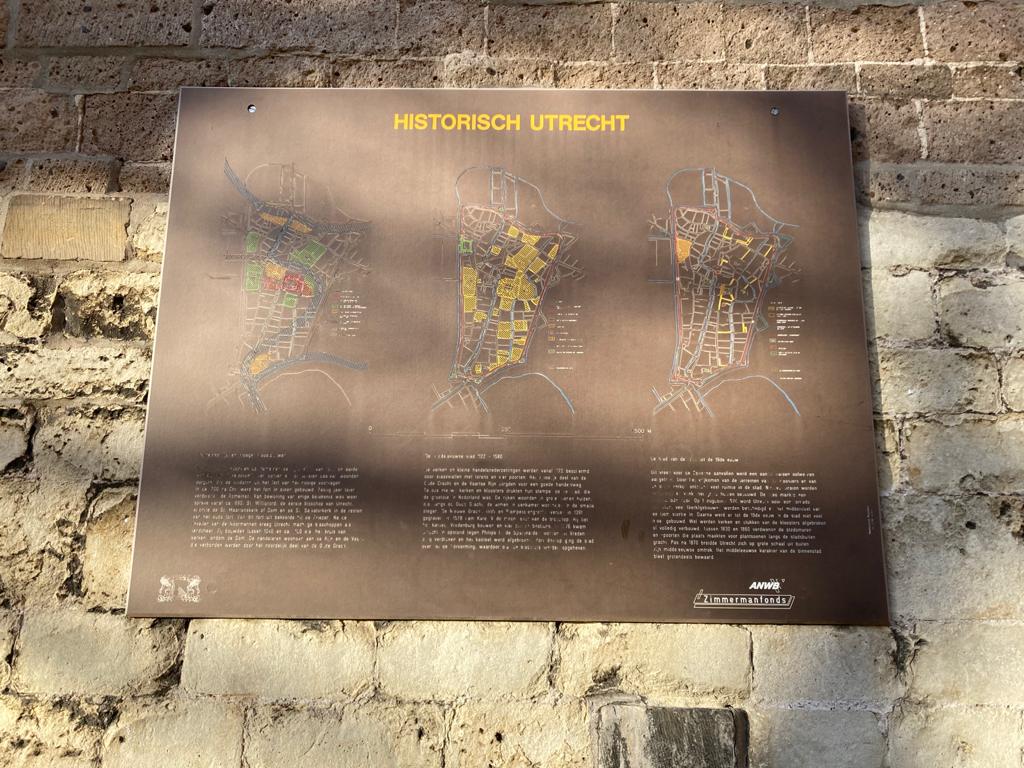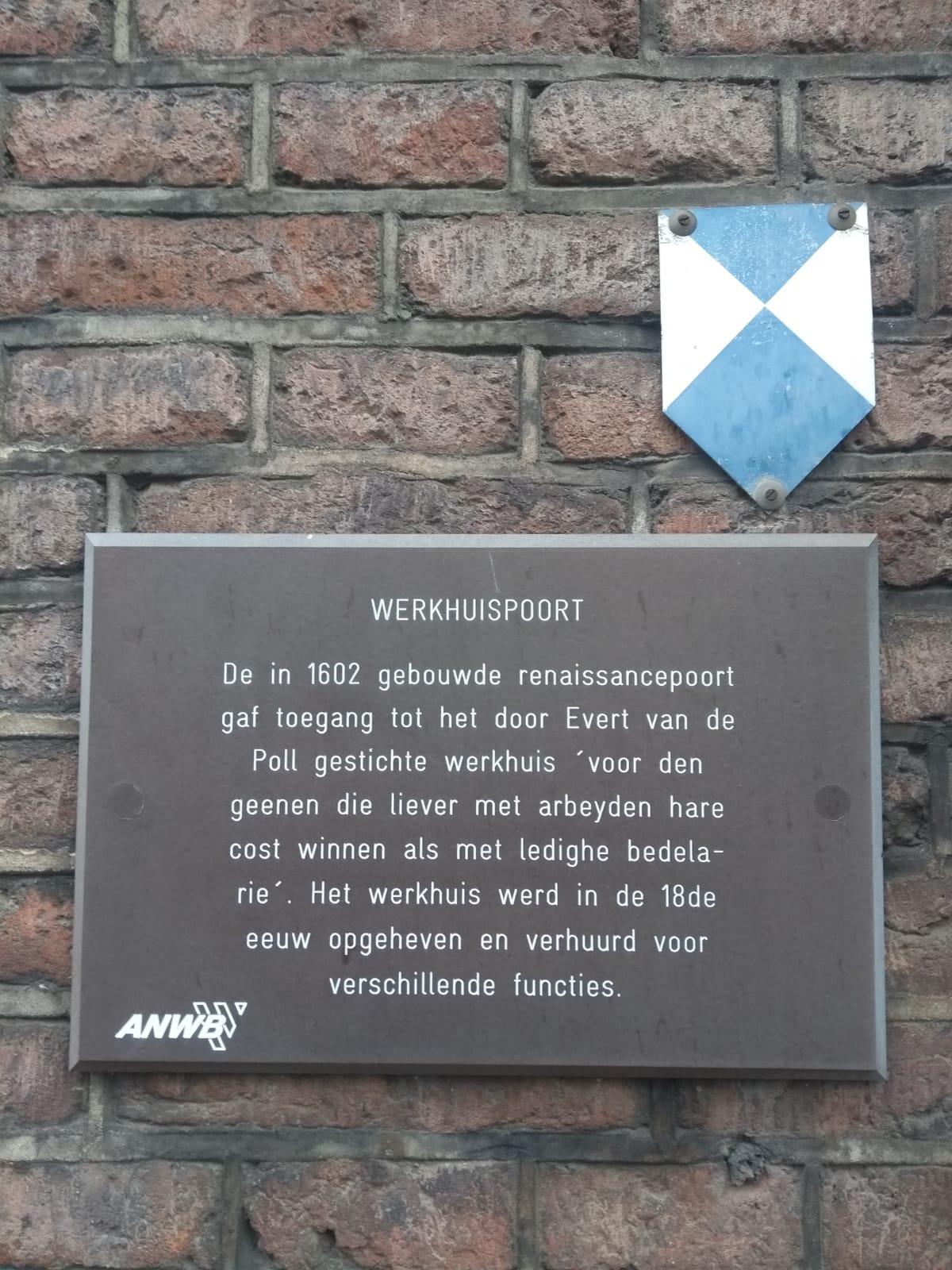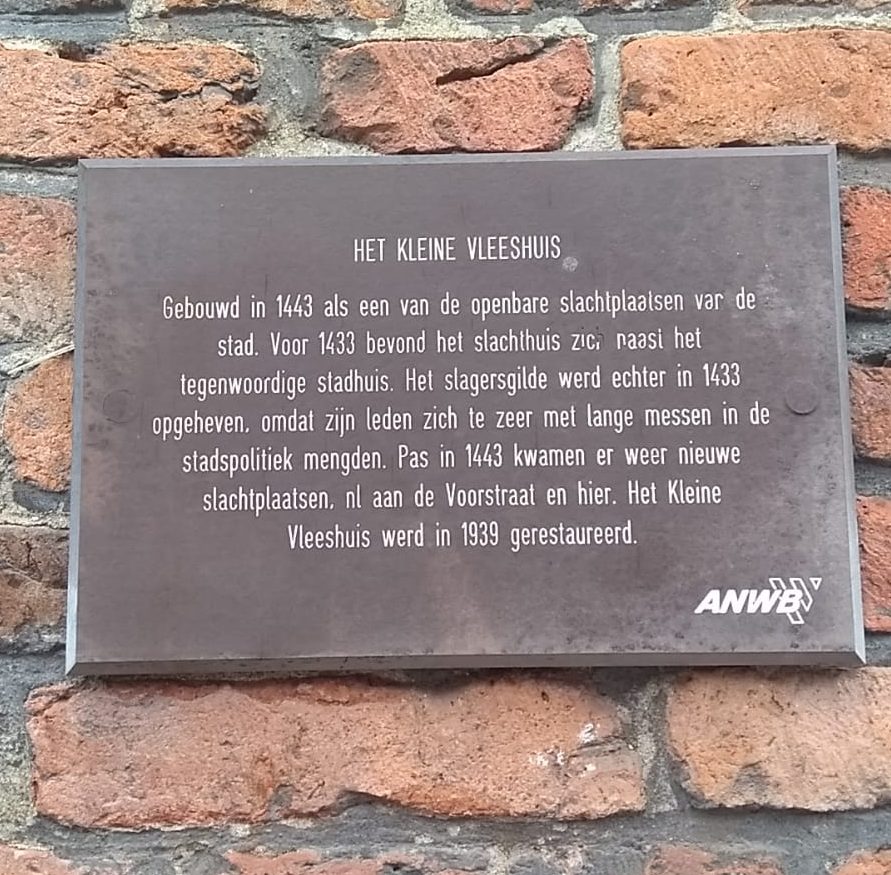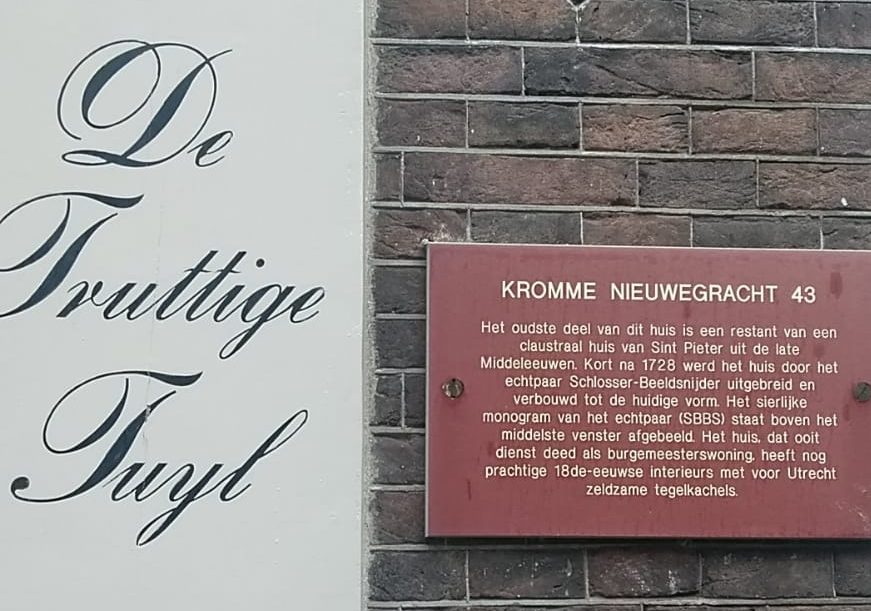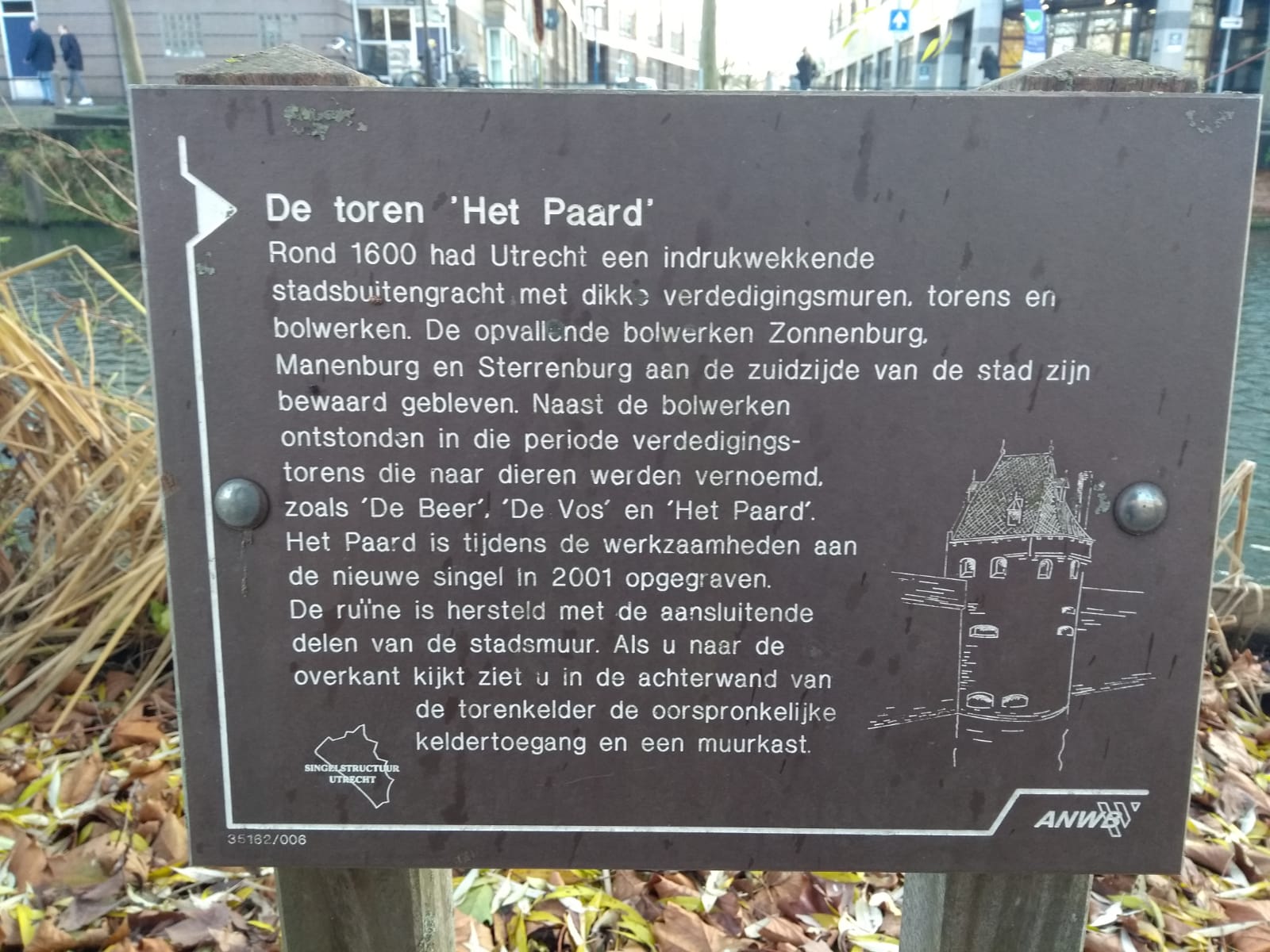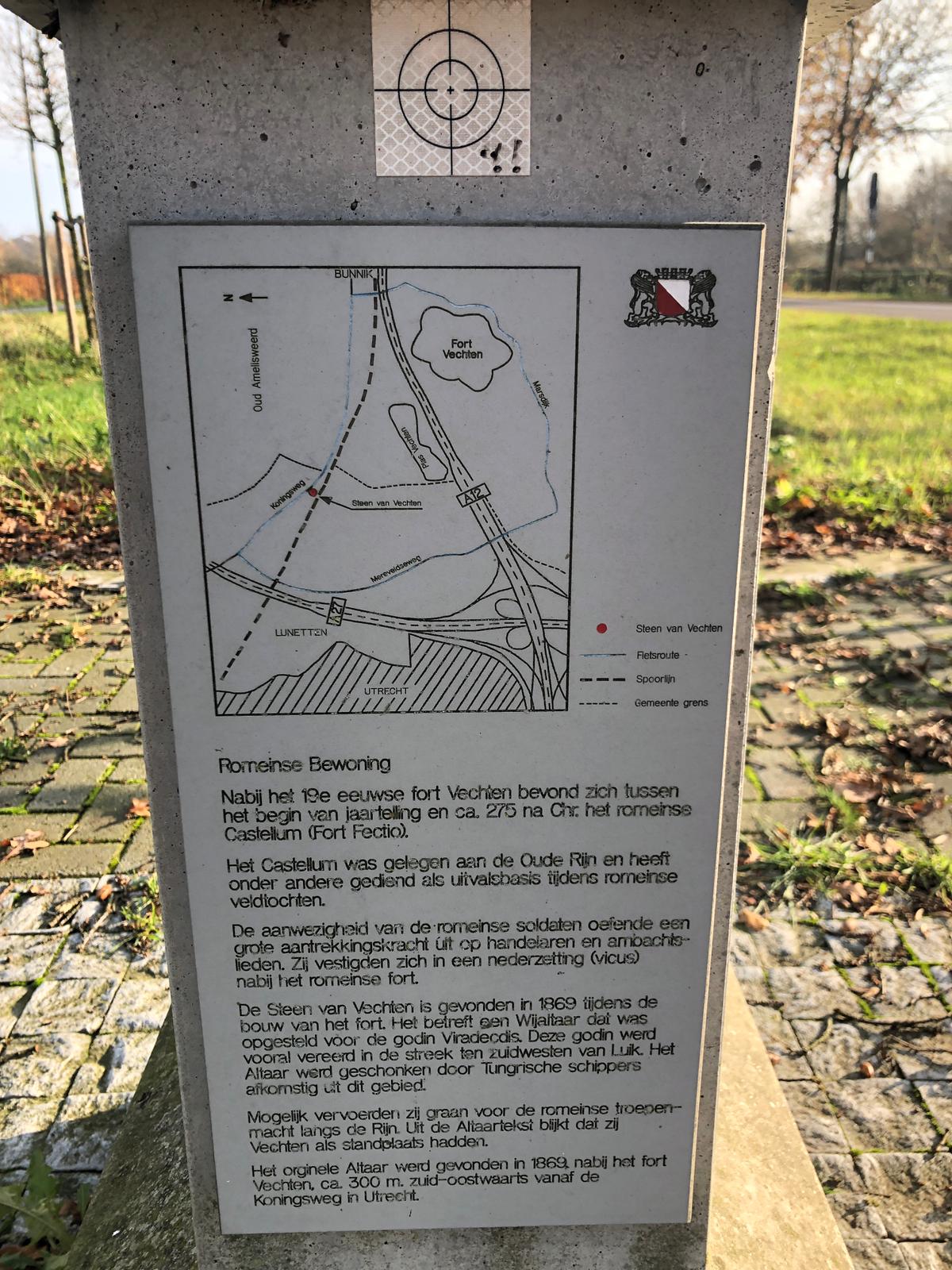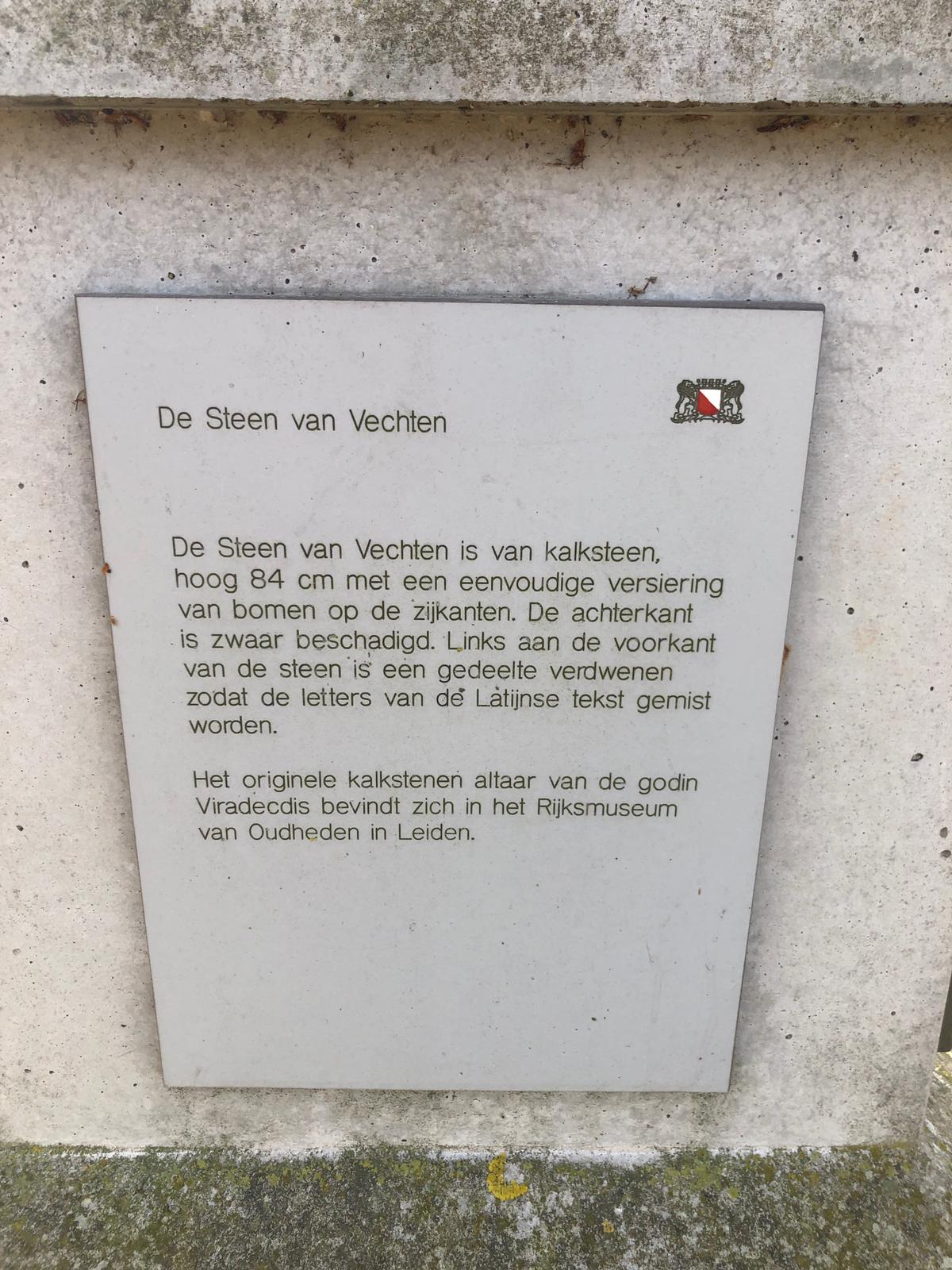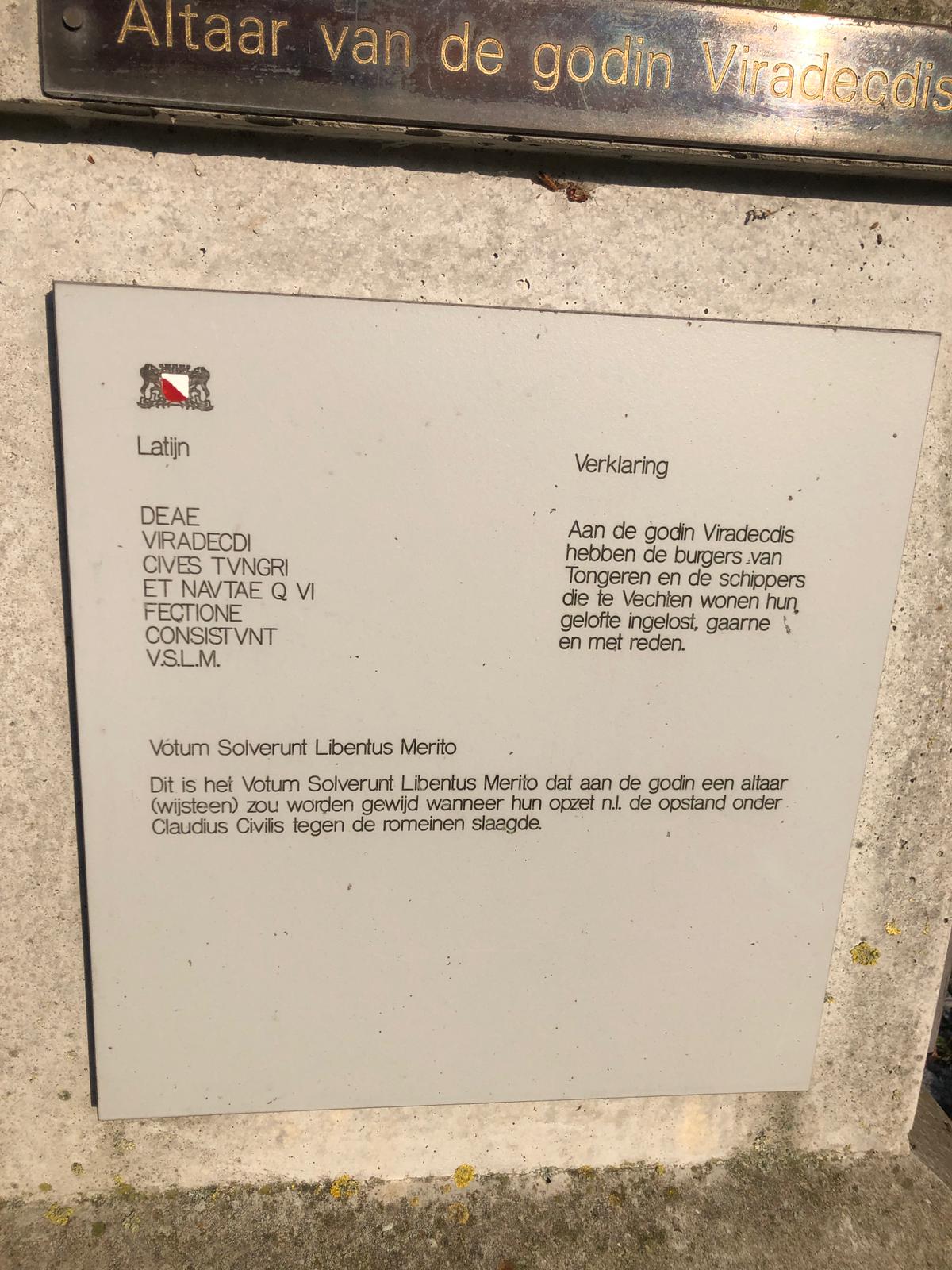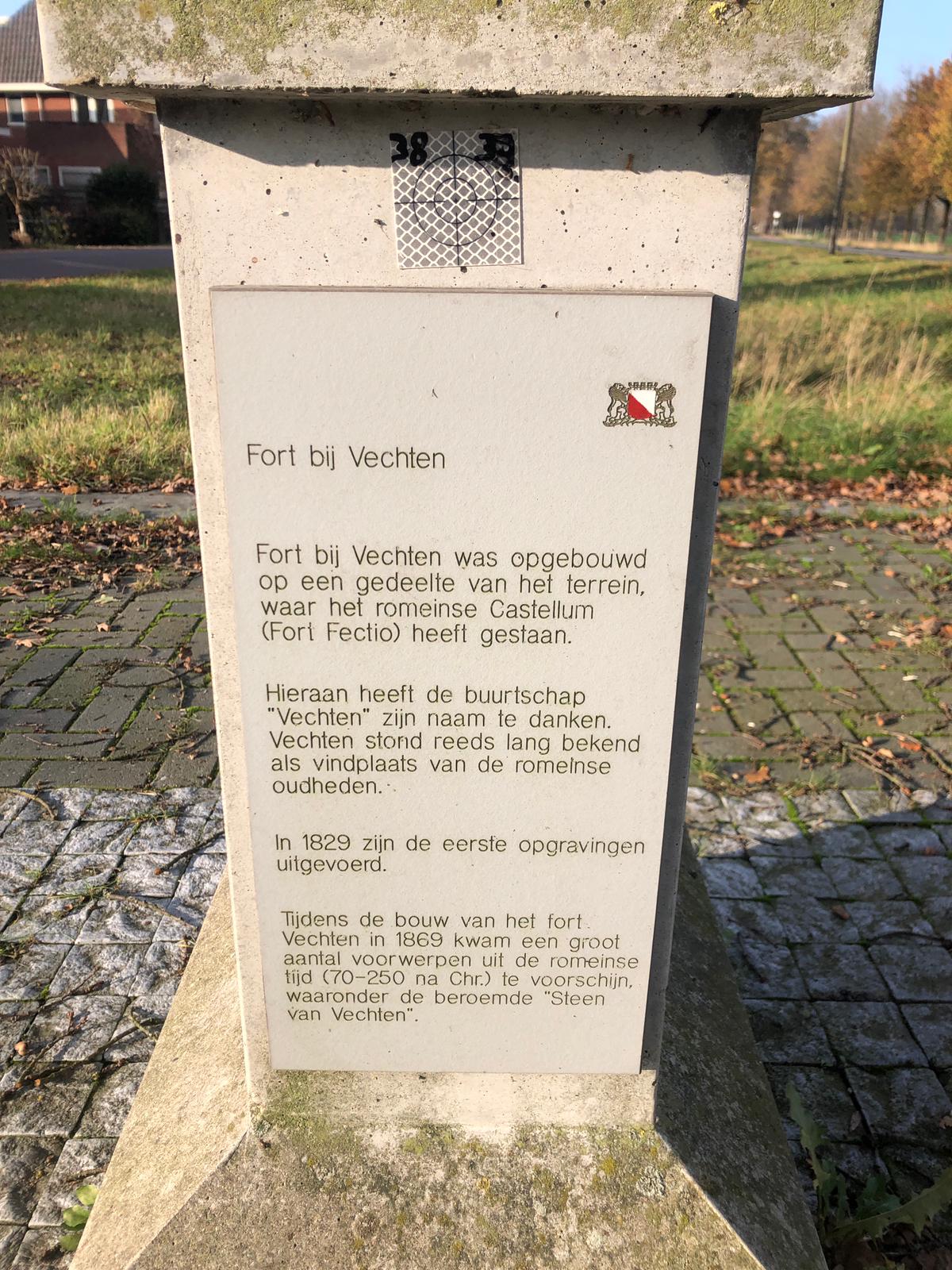History of Post Office “De Neude”
History of this building In this bicycle shed, there are various information panels that show how this building was used in the past. It shows what was needed to provide a large part of the Netherlands with telephone and internet. At the place where the library is now, many telephone operators used to connect telephone […]


